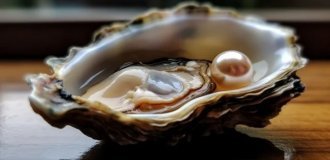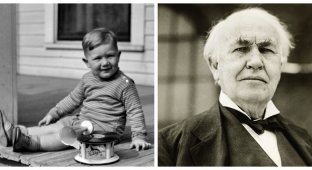For the Nernst lamp to work, a preliminary heating for one and a half minutes. Although this lamp was more durable and energy efficient, people were unwilling to wait and preferred Edison's invention to her. 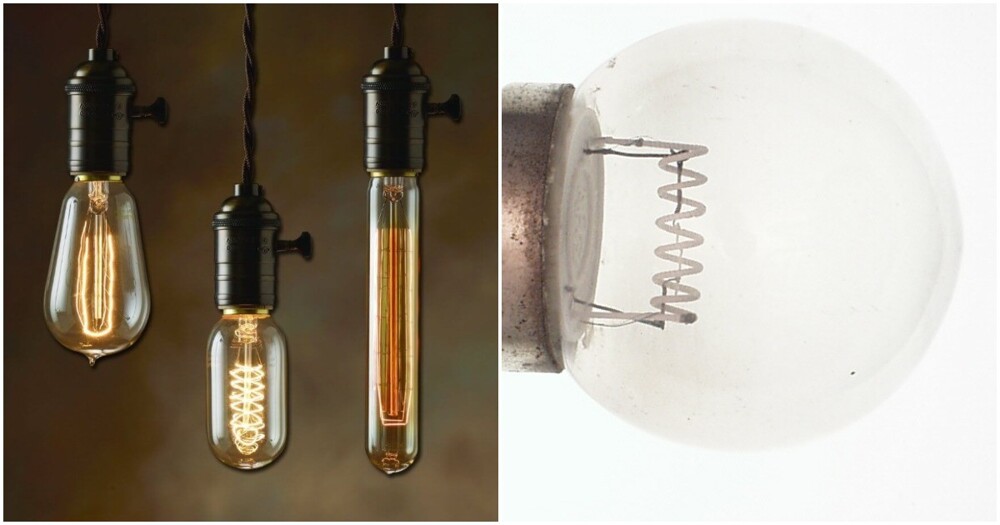
In the early 19th century, electricity became one of the most studied areas of physics. Through experimentation, many interesting, including the fact that the platinum wire connected to current source, not only heats up, but also emits light. Since At this point, the development of various types of electric lamps began. 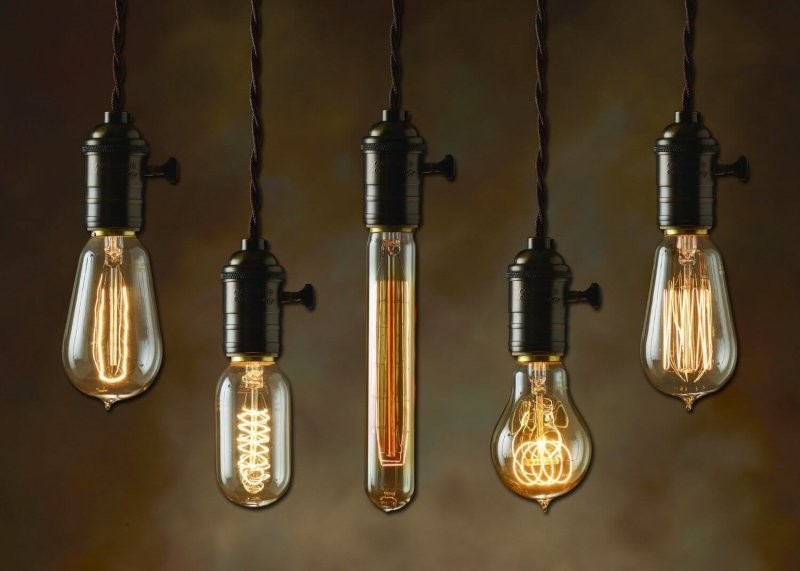
incandescent lamp
The most famous was the incandescent lamp, where a thin the wire is heated and emits light under the action of an electrical voltage. Thomas Edison created his own lamp in the 1870s incandescent, using a carbon filament placed in a vacuum flask. When an electric current passed through this thread, it began to glow. 
Lamp Yablochkov
There was another type of lamp - an arc lamp, consisting of two carbon electrodes connected to a power source. Under by applying current between the electrodes, an electric discharge occurred, forming a small glowing plasma cloud. It was hot ionized gas.
This arc lamp was created by Russian engineer Pavel Yablochkov. He used a kaolin insulator which is supposed to be non-conductive electricity. However, Yablochkov discovered that heated by an arc the kaolin plate also begins to glow.
Kaolin is a solid electrolyte, similar to the acid in battery, but in a liquid state. Kaolin is a hard material which can conduct electric current only when heated, which is happened with a kaolin plate in a Yablochkov lamp. 
Walter Nernst
However, kaolin was not the only solid electrolyte. Walter Nernst in the 1890s experimented with various substances to determine which one can be used in the lamp. It turned out that a ceramic rod containing oxides of thorium, zirconium, erbium, calcium and yttrium can also serve as a light source.
Initially, a German scientist solved the problem of heating using fire. He set fire to the rod with a candle so that it began to conduct current. When the lamp turned on, the wire lit up, heated the rod, and then turned off automatically. The whole process took about one and a half minutes. 
Nernst lamp
The Nernst lamp had a drawback - it did not burn on its own and required constant heating. However, she had an advantage: she consumed less energy than an incandescent lamp, and its light was closest to sunlight. Moreover, she radiated in two times brighter than an Edison bulb.
Her brightness was so high that they started shutting her down. special frosted glass flask. By the way, when the spiral in the lamp incandescent burnt out, it could no longer be used, while in German invention was enough to simply remove the glass and replace burnt rod. 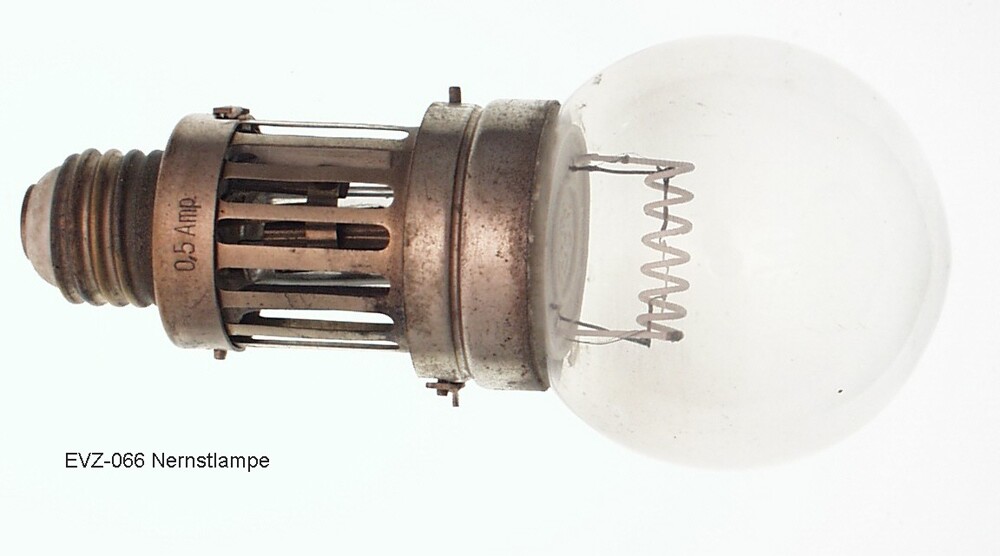
In general, despite the small drawback, the advantages Nernst lamps were obvious. AEG, which acquired a patent from a scientist, sold them by the millions. However, this triumph lasted only ten years. At that time, German companies produced electrolytic lamps, while their direct American competitor continued to improve. In 1905, the first tungsten filament lamps appeared on the market. which could burn almost constantly and, importantly, immediately turned on.
And already in 1909, AEG stopped the production of Nernst lamps, as their American competitor continued to improve, and tungsten filament lamps appeared on the market, capable of burning almost permanently and turn on immediately.
Add your comment
You might be interested in:




